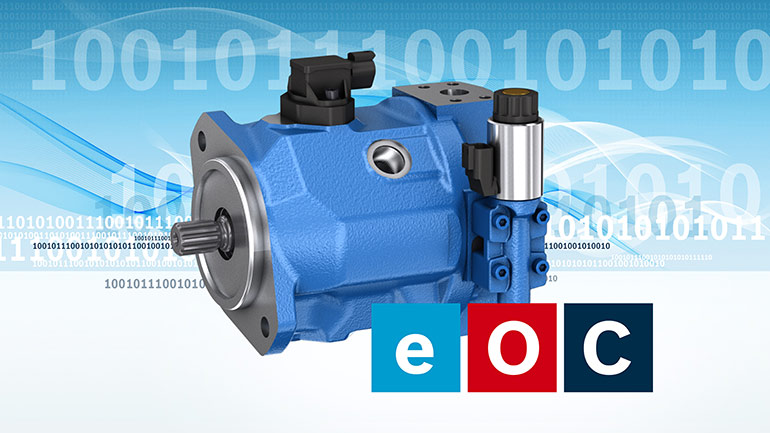Contributed by Enrique Busquets • Director of Engineering Systems and Components, Bosch Rexroth
Fueled by unceasing innovation, electric motors have solidified their position as a catalyst for change, reducing countries’ greenhouse gas emissions (ghg) and lowering total cost of ownership for heavy- and medium-duty vehicles and machinery.
The accelerated adoption of electric motors has been driven by affordability and regulatory compliance. In the past, investing in alternative fuel machines and vehicles was a high risk for oems and vehicle owners because the financial returns were uncertain. Vast improvements in battery storage, combined with enhancements in fueling infrastructure, have lowered the financial barriers to entry.

The net result has been exponential growth in electric motors and equipment demand. Grand View Research estimates that worldwide electric motor sales totaled $183 billion in 2023 and will increase at a cagr of 8.5% from 2024 to 2030. Some industries are embracing the technology even faster. Global sales of electric construction equipment, for example, are forecast to rise at a CAGR of 18.9% from 2021 to 2031, according to ResearchAndMarkets.
While the electrification of heavy- and medium-duty equipment continues to grow, many businesses are still in the early adoption stages. Here are four key areas where decision-makers should focus when adopting and integrating electric motors to ensure a successful transition and maximize the benefits.
1. Return on investment: An acceptable ROI is usually one of the top hurdles to clear when adopting electric motors and equipment. Initial investment is often more than diesel-powered machinery. Still, long-term savings in operating costs (fuel, maintenance and related expenses), useful machinery life, and revenue can generate a significant ROI over the lifespan of the equipment. Factors such as energy efficiency, expected productivity gains and tax incentives should be included in the ROI analysis.
2. Total cost of ownership (tco): When deciding which electric equipment meets production, safety and technical requirements, decision-makers should look beyond purchase price and focus on TCO, which estimates total cost over equipment lifetime. Most cost improvements come from reducing operating expenses by using more energy-efficient solutions and lowering maintenance and repairs with more durable machinery. Our team has found for compact tracked loaders, there is an average 18% higher total present worth value of an electric versus a diesel powered machine.
3. Equipment/machinery serviceability: Electric motors and related equipment often have fewer moving parts and simpler mechanical components compared to diesel-powered systems. The technology, however, is often new to the professionals responsible for maintenance and repairs. It is essential that companies have ready access to spare parts, as well as the vendor’s service and support resources. To maximize equipment uptime and productivity, businesses should only team with partners that have a proven track record of timely shipping parts and helping troubleshoot problems.
4. Engineering capabilities, compatibility: Engineering compatibility ensures equipment can be seamlessly integrated into operations. Decision-makers must be confident that the electrical, mechanical and/or electronic components function properly and do not interfere with other equipment’s performance. Factors to analyze include power requirements, compatibility with existing controls and related systems, and the business’s charging infrastructure. Understanding engineering compatibility ensures your company has purchased the right equipment to play a crucial role in achieving financial, operational and sustainability goals.
A final consideration. Each area (return on investment, total cost of ownership, equipment serviceability, and engineering compatibility) is interrelated. They influence the decision-making process and expected benefits of ownership. Evaluating each area holistically allows companies to make informed decisions on which equipment and technology best suits its needs.
The bottom line: Manufacturers recognize that electric drives have evolved into an important building block to successfully reduce operating costs and contribute to ambitious — and we believe achievable — sustainability goals.
Bosch Rexroth
boschrexroth.com
Filed Under: Components Oil Coolers, Engineering Basics, EV Engineering, Featured, Mobile Hydraulic Tips, pumps, Pumps & Motors, Technologies